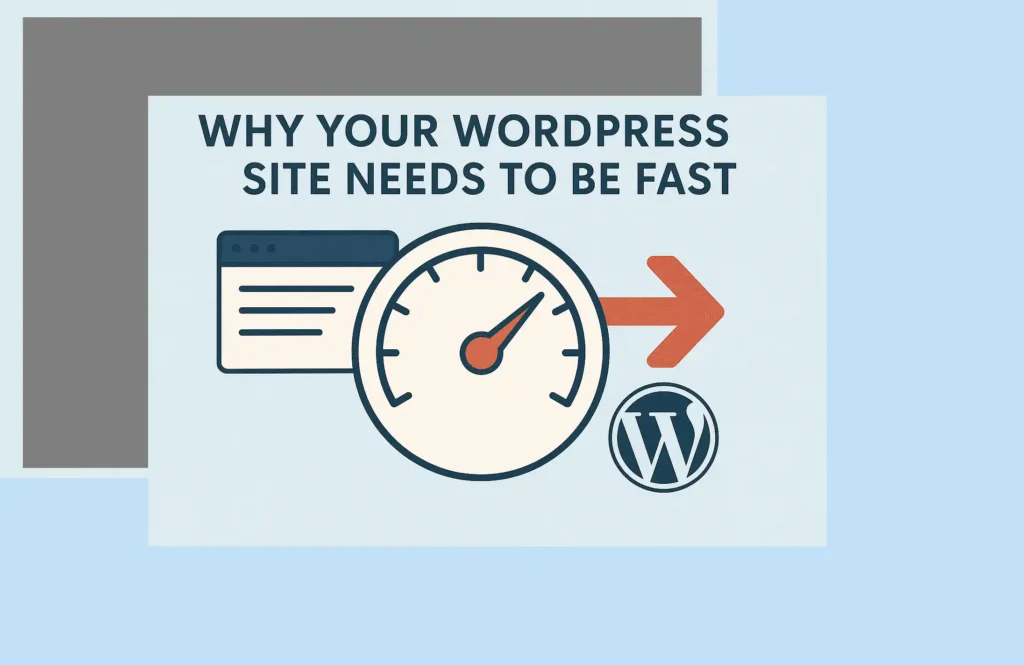Imagine you are strolling through a bustling market, looking for that perfect and unique piece of jewelry. You spot a promising shop, its storefront gleaming. You step inside, excited, but then nothing happens. The shopkeeper is busy, inventory is scattered, and it takes an agonizingly long time just to get someone’s attention, let alone see a product. Frustrated, you simply turn around and walk out, heading to the next, more efficient shop. This isn’t just an inconvenience, but it’s a lost opportunity for that business.
Now, apply that exact scenario to your WordPress website. You’ve poured your heart into creating valuable content, designing a beautiful layout, and attracting visitors. But if your site loads slowly, that digital “frustrated turn-around” is happening thousands of times over, often without you even realizing it.
A slow WordPress site is more than just an annoyance. It’s a critical impediment to your online success, directly eroding your hard-earned traffic and potential revenue.
This is a non-negotiable truth in today’s digital landscape: speed is paramount. We are no longer living in a world where users patiently wait. In this competitive online environment, where attention spans are measured in milliseconds, a sluggish website directly impacts crucial business metrics.
In this post, we will explore precisely how slow loading times negatively impact your Search Engine Optimization (SEO), create a frustrating User Experience (UX), decrease your Conversion Rates, and significantly increase your Bounce Rates. Understanding these interconnections is the first step to fortifying your digital presence and ensuring your WordPress site thrives, not just survives. This discussion is all about WordPress performance optimization and mastering WordPress performance tuning.
The Silent Killer: Slow Loading Times and Your Business
For years, website speed was considered a “nice-to-have.” Today, it’s a fundamental requirement. The digital world moves at an incredible pace, and our expectations as users have accelerated alongside it. When a website doesn’t meet these expectations, the consequences for businesses are severe. This is why learning how to speed up your website is no longer optional.
1. The SEO Stranglehold: How Speed Impacts Your Google Ranking
When you operate a WordPress site, you’re undoubtedly concerned with Search Engine Optimization (SEO). You want your content to rank high on Google and other search engines, driving organic traffic to your digital doorstep.
What many website owners fail to grasp is the direct and significant correlation between page speed and SEO. This makes WordPress performance optimization a cornerstone of any effective SEO strategy.
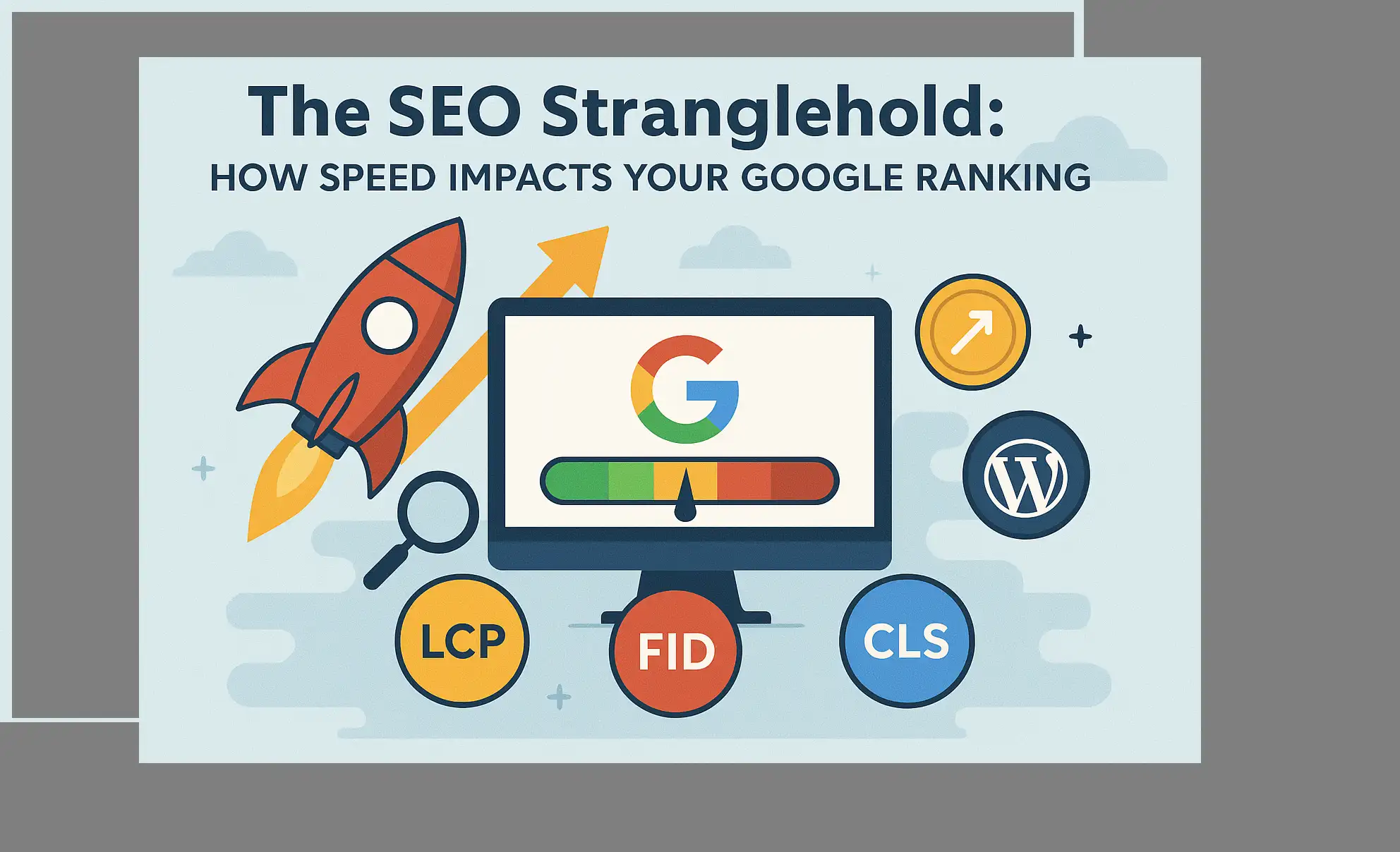
Google has explicitly stated for years that page speed is a ranking factor. In 2021, this commitment deepened with the introduction of Core Web Vitals, a set of specific, measurable metrics that Google uses to understand and evaluate user experience. These include:
- Largest Contentful Paint (LCP): How quickly the main content on your page loads.
- First Input Delay (FID): How quickly your page responds when a user first interacts with it (like clicking a button).
- Cumulative Layout Shift (CLS): How much content on your page moves around unexpectedly while loading.
If your WordPress site performs poorly on these Core Web Vitals, Google’s algorithms will notice. While great content and relevant keywords remain crucial, a slow site can act as an anchor, dragging down your rankings even if everything else is perfect.
Think of it this way: Google’s primary goal is to provide its users with the best possible results, and a “best possible result” is one that not only answers their query but also loads quickly and is easy to use.
A slow site fails on the latter, and Google will prioritize faster alternatives. This means less visibility, less organic traffic, and ultimately, fewer potential customers finding you. Therefore, understanding how to speed up your website directly translates to better SEO.
2. The User Experience Nightmare: Frustration Drives Visitors Away
Beyond search engines, your website is for people. The moment a user clicks on your link, their experience begins. A fast-loading WordPress site creates a seamless, enjoyable journey, while a slow one builds immediate friction and frustration. Effective WordPress performance tuning directly enhances user satisfaction.
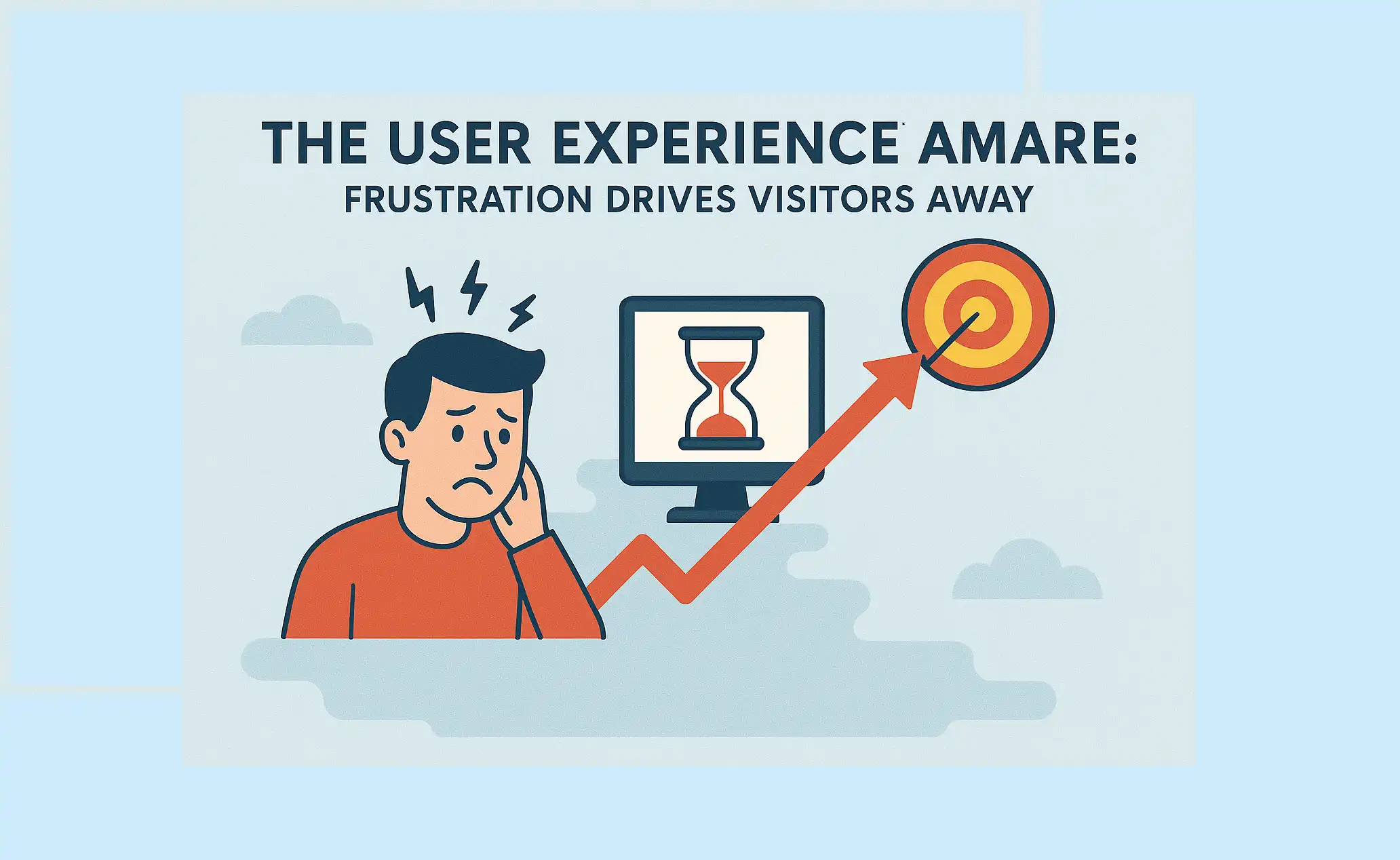
Consider the human element:
- Impatience is King: Studies by Google show that as page load time goes from 1 second to 3 seconds, the probability of a bounce increases by 32%. If it hits 5 seconds, the bounce probability jumps to 90%. Users expect instant gratification. This highlights the urgent need to speed up WordPress website loading times.
- Perceived Professionalism: A fast, responsive site feels professional, reliable, and trustworthy. A slow, clunky site, on the other hand, can feel outdated, unreliable, and even untrustworthy. This perception directly impacts how visitors view your brand or business.
- Reduced Engagement: When pages load slowly, users are less likely to explore further. They won’t click on internal links, read additional blog posts, or browse more products. The effort required feels too high for the perceived reward. This directly reduces the time they spend on your site and their overall engagement.
In essence, a slow WordPress site actively harms your brand reputation. It tells your visitors that you don’t value their time, leading to dissatisfaction and a high likelihood that they won’t return. This makes WordPress performance optimization a key component of building a strong online brand.
3. The Bottom Line Hit: How Slow Speed Crushes Conversion Rates
This is where the rubber meets the road for your business: conversion rates. A conversion can be anything from a sale on an e-commerce store, a lead generated through a contact form, an email newsletter signup, or a download of an ebook. Regardless of your specific business goal, slow website speed is a conversion killer. Prioritizing WordPress performance tuning directly impacts your revenue.
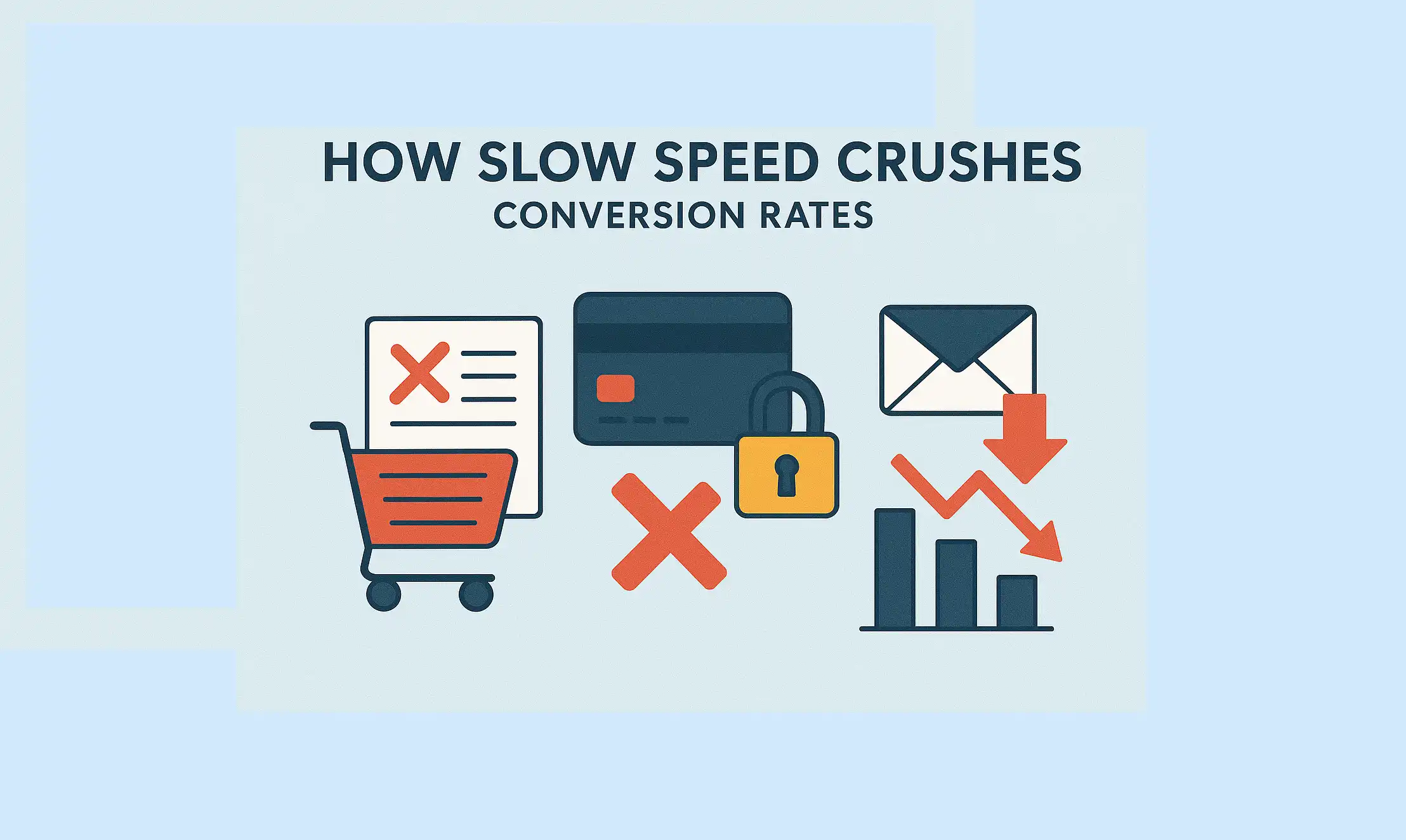
Here’s why:
- Abandoned Carts & Forms: For e-commerce sites, every extra second of load time can translate into thousands, even lakhs, of rupees in lost sales. Imagine a customer painstakingly adding items to their cart, only for the checkout page to take forever to load. They’ll abandon it without a second thought. Similarly, complex forms that load slowly will deter potential leads from completing their submission. This is a crucial reason to speed up WordPress website checkout processes.
- Lost Trust in Transactions: When a payment gateway page or a sensitive form takes too long, users become wary. They might fear the transaction didn’t go through, or worse, that the site isn’t secure. This erodes the trust necessary for completing a purchase or sharing personal information.
- Reduced Ad Click-Throughs (if applicable): If you rely on advertising on your site, slow-loading ads or content around them can lower visibility and interaction, impacting your ad revenue.
- Fewer Sign-ups/Downloads: If the “Sign Up” or “Download Now” button appears sluggish, the impulse to act quickly fades. That brief window of user interest closes, and so does your opportunity for a conversion.
Big companies have proven this repeatedly. Amazon famously found that every 100 milliseconds of latency cost them 1% in sales. Google discovered that just a half-second delay in search results led to a 20% drop in traffic. These aren’t just statistics; they’re direct warnings for your WordPress site. This underscores why businesses constantly ask how to speed up their website and why WordPress performance optimization is a direct driver of ROI.
4. The Exit Sign: Understanding and Preventing High Bounce Rates
Your bounce rate represents the percentage of visitors who land on a single page of your website and then leave without interacting further or visiting any other pages. A high bounce rate signals a problem, and slow page speed is a leading cause. Effective WordPress performance tuning is key to lowering these rates.
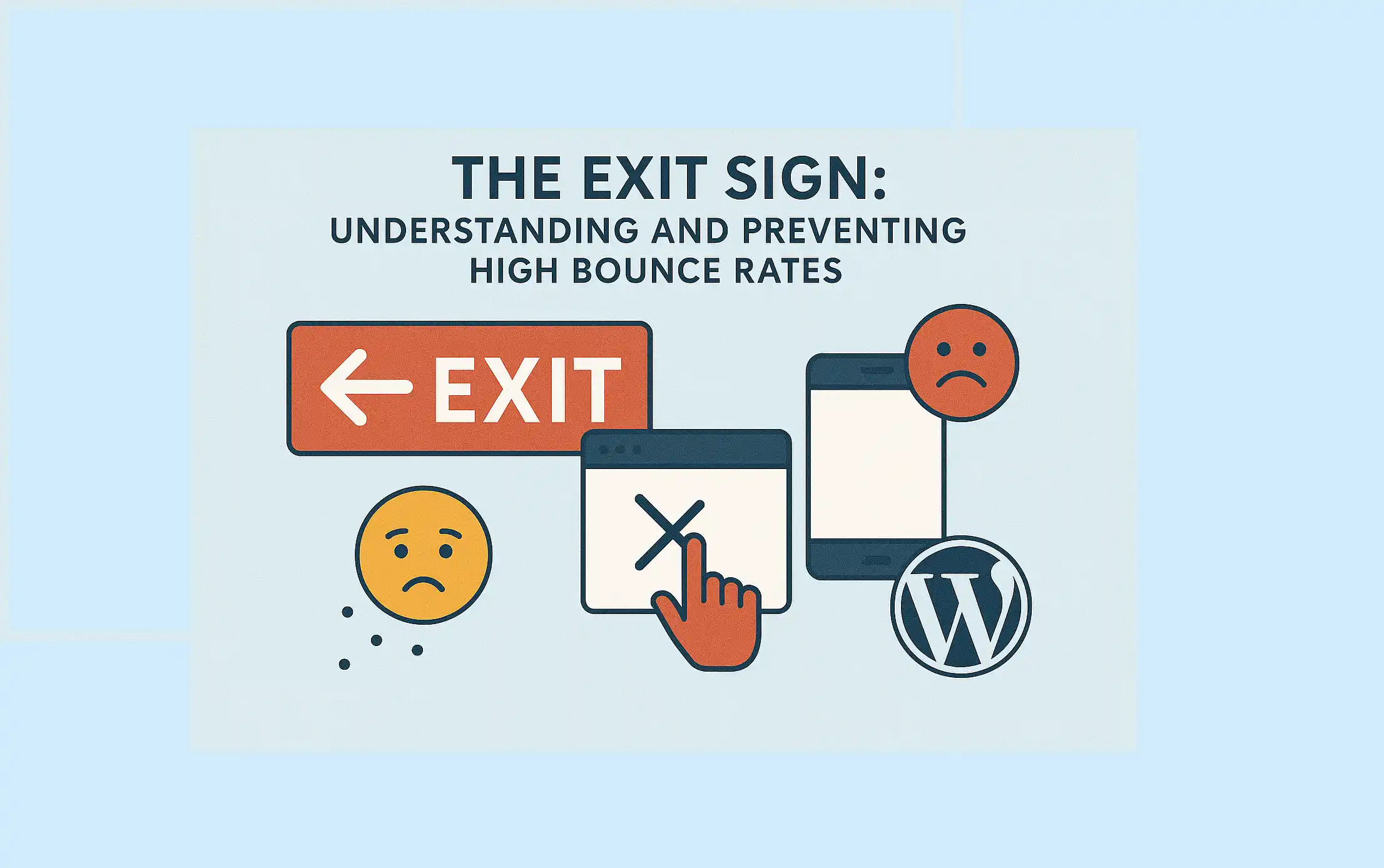
Think about it:
- Instant Disappointment: If a page takes more than a few seconds to load, especially on mobile devices where connectivity might be inconsistent, the user’s immediate reaction is often to hit the “back” button. They haven’t even seen your content, but they’ve already “bounced.” This makes it vital to speed up WordPress website responsiveness, especially for mobile users.
- Misleading Clicks: Sometimes, users click a link expecting one thing, and if your site loads too slowly to present that content quickly, they assume the link was bad or the site isn’t relevant, leading them to bounce.
- Mobile Users Are Less Forgiving: A significant portion of web traffic now comes from mobile devices. These users are often on the go, expecting rapid access. Slow mobile performance is a death knell for engagement. Google’s mobile-first indexing strategy only reinforces the importance of mobile speed.
A high bounce rate doesn’t just look bad; it actively tells search engines that your site might not be providing a good experience, further impacting your SEO. It means your marketing efforts to bring users to your site are being wasted because you can’t retain their attention for even a moment. This is why answering the question of “how to speed up your website” is crucial for user retention.
Conclusion: Make Speed Your Competitive Advantage
The evidence is overwhelming: a fast WordPress site is not an optional luxury; it is a fundamental requirement for online success in 2025. From how search engines rank you to how visitors perceive your brand, engage with your content, and ultimately convert into customers, speed is the silent, powerful force driving or derailing your business objectives. Every discussion about WordPress performance optimization ultimately boils down to enhancing your core business metrics.

